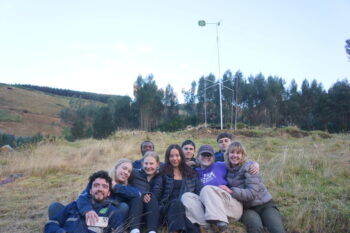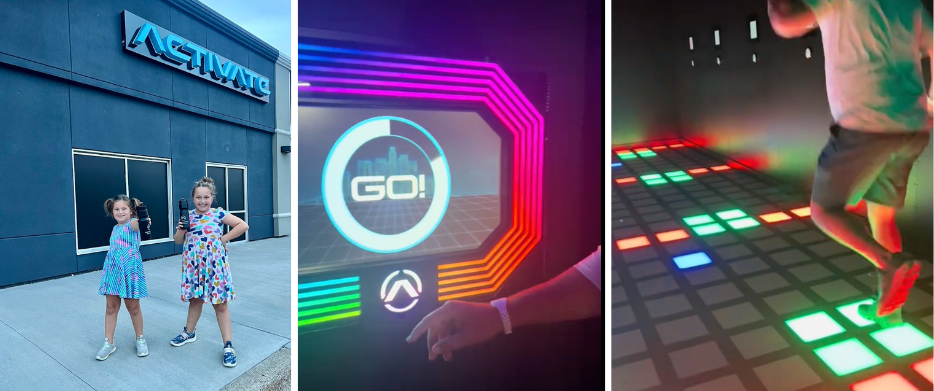Fort Lauderdale’s Next Great Debate. The post The Future of the Galleria appeared first on Lifestyle Media Group.
It was standing room only at the Coral Ridge Yacht Club as residents, city officials, and developers gathered to discuss the sweeping plans to redevelop The Galleria at Fort Lauderdale. The crowd reflected what’s at stake: a defining moment for the city’s future and one of its most recognizable landmarks.
Once a retail centerpiece for locals and visitors alike, The Galleria has faced years of decline as consumer habits shifted away from traditional enclosed malls. Now, developers are proposing a bold reimagining of the 35-acre property on East Sunrise Boulevard—one that would transform it into a mixed-use district blending residences, shops, restaurants, and hotels within a more walkable, open-air environment.
Current proposals call for approximately 2,000 residential units, two hotels totaling about 350 rooms, and an extensive redesign of the surrounding infrastructure. Early filings under existing zoning had capped the number closer to 1,900 units, but the project team is seeking additional density under Florida’s Live Local Act, a state law designed to encourage affordable housing through zoning flexibility and expedited approvals.
If fully built out, the redevelopment could bring several thousand new residents to the area—raising important questions about traffic, schools, and public services. Those topics dominated much of the discussion during the October 28 town hall.
The forum drew passionate participation. Many residents welcomed the idea of revitalization but bristled at the project’s scale and pace. “We’re not against redevelopment—we just want to preserve what makes our neighborhood livable,” one resident said, earning applause from others in the audience.
Concerns centered around congestion on Sunrise Boulevard and Bayview Drive, the strain on local utilities, and the unknowns surrounding affordable housing. The developer’s estimate of roughly 1,200 affordable or workforce-designated units prompted pointed questions about how “affordable” those homes would truly be—and for how long they would remain that way.
Others wondered aloud where new families would send their children to school, given that nearby public schools are already at or near capacity. City officials acknowledged that a detailed analysis of school impact and district coordination will be required before approvals move forward.
City representatives and the developer team framed the project as a once-in-a-generation opportunity to replace an underutilized property with a vibrant, mixed-use destination that reflects Fort Lauderdale’s evolving urban identity. They pointed to the Live Local Act as the mechanism that makes large-scale housing feasible by allowing state-backed incentives tied to job creation and affordability targets.
Still, residents expressed skepticism about whether those benefits would reach the local community. “We want to live here, not just invest here,” one woman said—a sentiment that captured the mood of the evening.
Officials promised that revisions to the plan would account for infrastructure capacity, neighborhood transitions, and traffic flow. The city also pledged ongoing transparency and additional public workshops before any final votes occur. “We are committed to ensuring this project lifts up our community—not just the bottom line,” a city representative said near the close of the meeting.
The October 28 town hall marked the beginning of a multi-step process that will continue well into 2026. The next phases include a revised development plan incorporating Live Local Act criteria for affordable housing, traffic management, and public infrastructure; city planning and commission review followed by additional community hearings; and the creation of community benefit agreements that outline binding commitments for affordable units, open space, and local hiring. Construction, if approved, would roll out in phases over several years.
Neighborhood associations have already organized follow-up meetings to review the proposed changes, urging residents to stay involved and vocal throughout the approval process.
The Galleria redevelopment represents more than the transformation of a mall—it’s a test case for how Fort Lauderdale manages growth in the face of rising housing demand and limited land. The balance between state-driven development incentives and local control will define how future projects across Florida unfold.
The conversation isn’t just about density or design; it’s about the character of a community that has always prized its coastal charm and livability. Whether the Galleria becomes a model for responsible urban renewal or a cautionary tale will depend on how engaged the public remains as the process unfolds. Watch the full replay from the Mayor’s Town Hall from October 28th.
The post The Future of the Galleria appeared first on Lifestyle Media Group.









